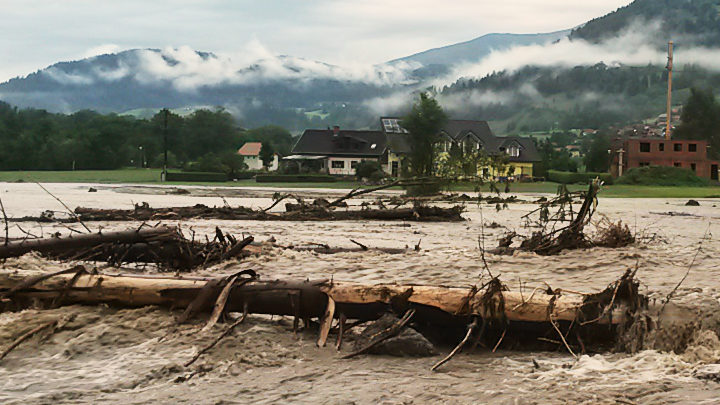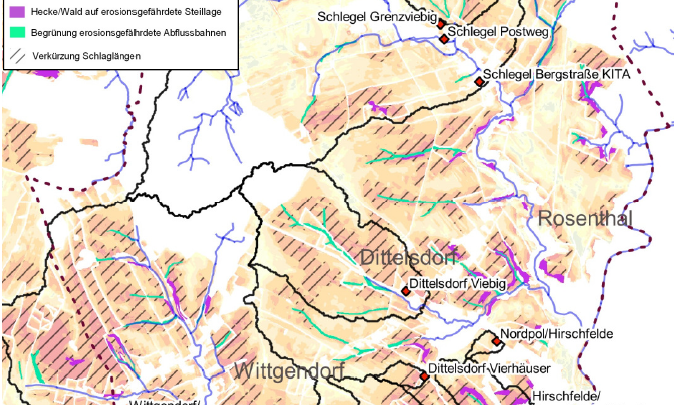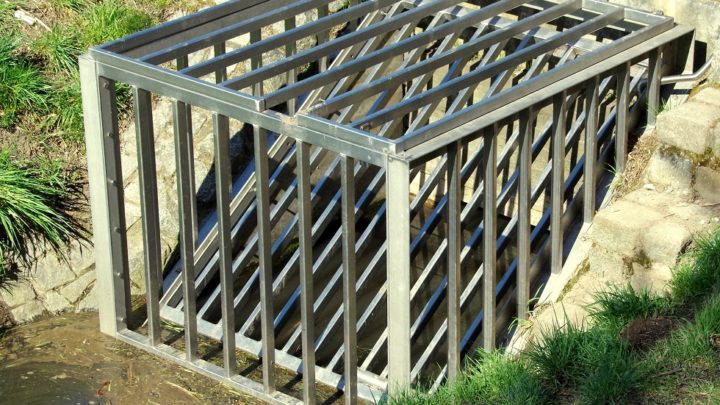Buffer zones of riparian vegetation and areas with hydrophilic treatment plants for protecting water bodies from pollution
The measures describe vegetation-covered systems which are in varying degrees saturated with water. They pre-treat rainwater and extend the retention time. They can serve as buffer zones around water bodies. Pollutants are removed as a result of intensive sedimentation and assimilation by aquatic vegetation and adsorption in biogeochemical barriers e.g. in the form of gabions…







